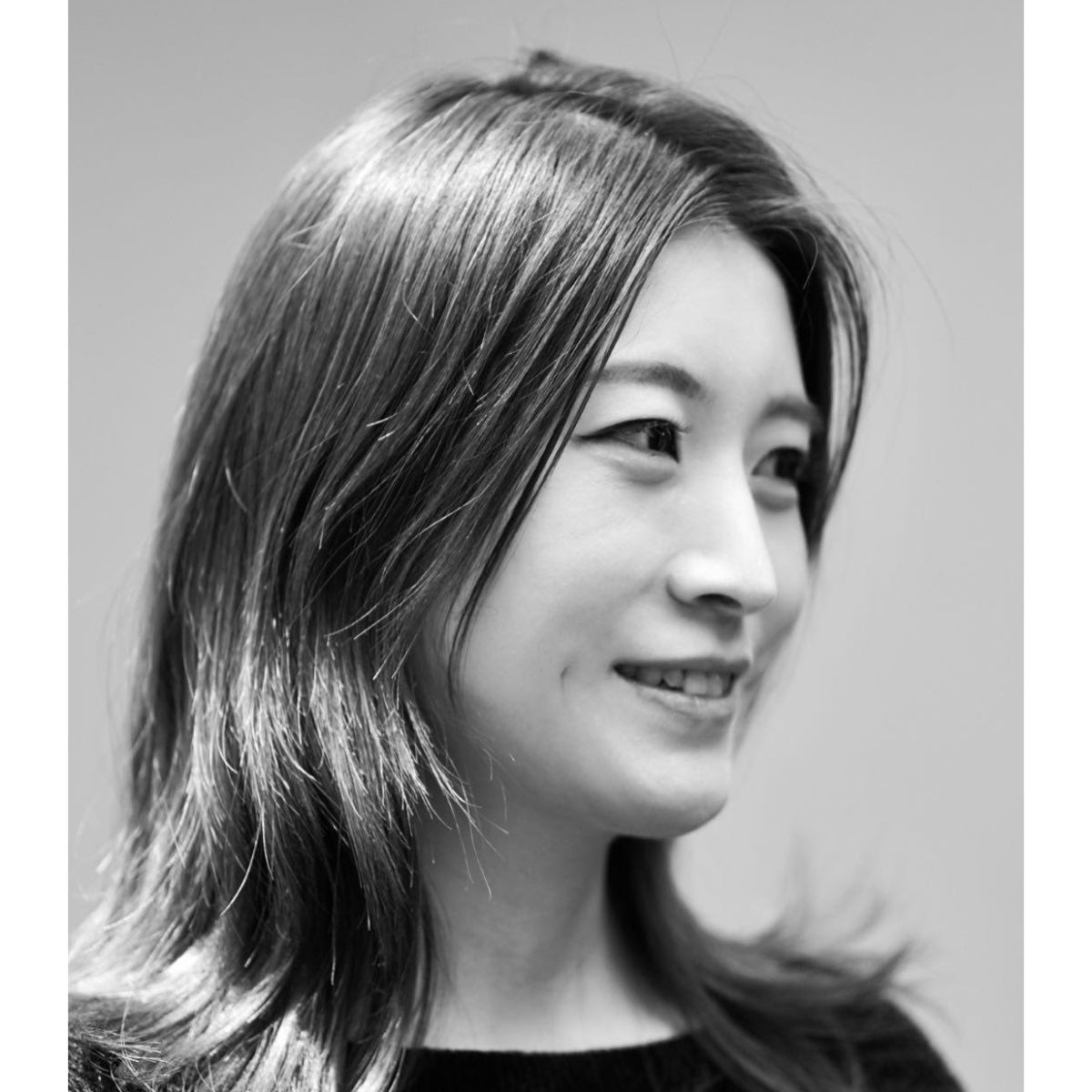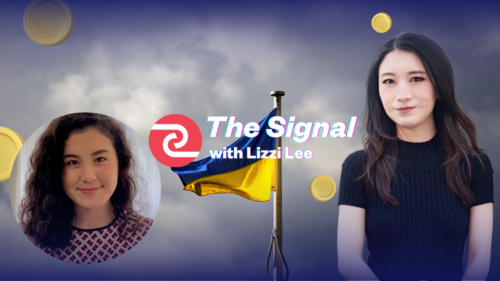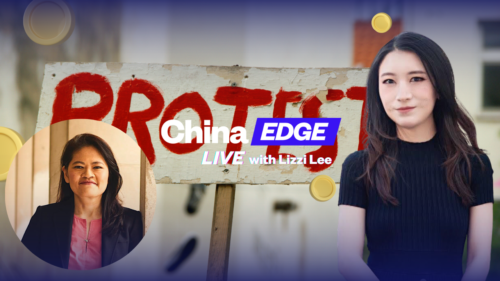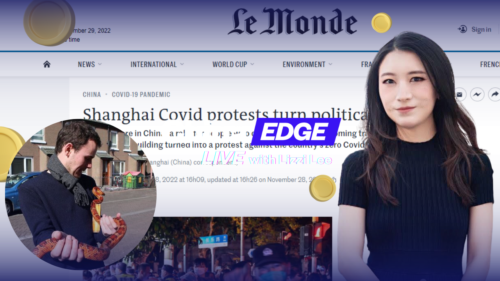The mounting risks in Beijing’s COVID-zero reversal | Live with Lizzi Lee
Jennifer Bouey, an epidemiologist and the chair of the Department of International Health at Georgetown University, discusses the incoming wave of COVID infections that could strain China’s healthcare system and endanger the elderly.

Below is a transcript of the video:
Lizzi Lee: Hello and welcome to this episode of Live with Lizzi Lee, powered by The China Project. I’m your host, Lizzi. Joining me today is Dr. Jennifer Bouey. She’s the chair of the Department of International Health at Georgetown University. Thank you so much, Professor Bouey, for joining me today.
Jennifer Bouey: Thank you, Lizzi. Thank you for inviting me to see you today.
Lizzi: So, Professor Bouey, Beijing’s abrupt relaxation of pandemic controls really surprised many experts I talked to. What do you think are the reasons behind Beijing’s sudden change in direction?
Jennifer: Yeah. Well, as an epidemiologist, I usually think of any epidemic or pandemic through this triad framework. It’s the “agent,” that’s the virus, the “host,” that’s the susceptible population, and of course, the environment. I think in this case the critical factor is the virus. Because the Omicron variant is so transmissible, even though the dynamic zero-COVID policy worked for Alpha- the original strain, and the Delta variant, it really cannot stop the spread of the Pmicron form. And of course, if we use very strict NPI, Non-Pharmaceutical Interventions, including a lockdown and other effects that also cause a lot of suffering, social suffering, as well as smothering the growth of the economy and technology, and so on.
Lizzi: And epidemiologists are quite concerned with China’s relatively low vaccination rate, especially among the elderly, as well as the imbalance of its medical resources. Are these concerns still valid now? What can the government do to mitigate the risk of unleashing another deadly wave of infection later this year?
Jennifer: Yes. Again, back to the triad model, if the virus becomes stronger, then the idea is that you need to increase the immunity of the susceptible population or change the environment. So the one way to increase the immunity of the population, of course, is a natural infection. But the other one, the much safer one, is the vaccine. So we have seen that at least from the data up to this March, in the spring in China, the most vulnerable population, that’s the elders that are over 60 years old, over 65 years old, especially those who are over 80 years old, their vaccination rate is still pretty low. I think especially the booster rate is extremely low. And we have seen that for the vaccine, the Chinese vaccines are pretty good, but it seems the immunity comes down pretty fast. So only when people get a booster then they can get a similar protection as other vaccines. So that’s very concerning. So the vaccine rate, the low vaccine rate among the elders is the most critical problem.
Lizzi: And of course, the real question is how many severe cases and COVID-related deaths there will be, not just the case number itself. What is the best research on this front? I’ve heard, you know, multiple estimates that are not exactly consistent with each other. What’s the ballpark number of potential deaths?
Jennifer: Yeah. So that’s always a difficult part for prediction, especially with a pandemic whose determinants are multi factors. So it’s hard to bring all these moving parts together to give a good estimation. I would say the modeling nowadays, I think if anything, the mathematical modeling with diseases, the understanding of the disease now probably is the best bet. That brings all the different factors together. So in July on Nature Medicine, there’s an article coming out of Fudan University. I found that’s a really nice, really good study. And it predicted that based on the Shanghai wave epidemic outbreak in the spring, based on those data and calibrated the model with that data, it shows, probably there will be about 1.5 million deaths if it continues for another six months. So I think that’s very disappointing, of course. So that model is based on the assumption that there’s no treatment and there’s 5 million doses of booster per day, I think. So that’s still causing this large scale of deaths. So I think the future is very severe.
Lizzi: Right. Thank you so much. That’s really helpful to know. Some virologists also worry that the virus will evolve into more dangerous variants as it spreads. For example, I saw Dr. Marion Koopmans just tweeted, another likely scenario is a massive wave in China spawning a range of new variants. I wonder if you can talk a little more about that possibility.
Jennifer: Yes. I do think that possibility is high. I’m an epidemiologist looking at a population, not a virologist, although if you look at U.S. CDC’s statistics about the variants, this COVID-19 virus’ generation turnaround is very, very fast. Now every couple of weeks we have a new variant and the new variants are competing with the old variants and finding the fittest one. I haven’t seen that speed slowing down. So I think the same thing will happen in China once a large epidemic is in the process. So the key to that is really the monitoring. China has the ability to do genetic testing for the new variants. And it can share it with the world. So I think the best defense would be for China to keep vigilant and for the world to encourage China to communicate.
Lizzi: Fantastic. And finally, when it comes down to normal people, what should Chinese people do to better protect themselves and their family members?
Jennifer: I think based on the model and all the factors we have seen now, the biggest challenge is the health care system crash. So some of the models show that maybe within 30 to 40 days that it will reach the limit of the health care system, especially the ICU units. And it’s not that easy, that quick to build up the ICUs. So it’s really about how to create that, to look at limited resources, resources, and apply them in the most significant way to reduce mortality and reduce the disease burden. So I think for everyday citizens, it’s really about understanding what are COVID symptoms. Try to educate themselves about when to contact hospitals. And especially to protect those who are vulnerable. That means those who have chronic diseases, who are obese, and also the elder age groups. So separating the people by age group within a household probably is important. And otherwise using other NPIs can reduce or postpone some of the spike of the infection rate.
Lizzi: Another piece of controversial policy initiative rolled out by the Chinese government is its dependence on Chinese traditional medicine, liánhuā qīngwēn (连花清瘟). Can you talk a little bit about sort of the effectiveness of those medicines relative to say, you know, remedies we use in the United States, say Tylenol. What’s the best evidence on that front?
Jennifer: Well, Tylenol is really just to reduce fever and reduce the symptoms. It’s not antiviral. In the U.S., the most effective antiviral medicines are Paxilovid and Molnupiravir, and even some of the other earlier-used antivirals can be effective. So that’s actually another way to reduce mortality, to use the antiviral as early as possible. I know Paxilovid is patented in India, in China, but I haven’t seen a wide use of it. So that’s also a concern. I don’t know about the effectiveness of Lianhuaqingwen because I haven’t seen good clinical trial data on that, so it’s hard to comment.






